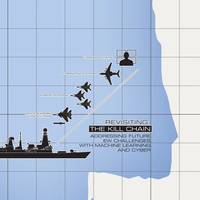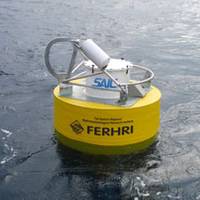Cohort Companies to Deliver Maritime Defense Technologies

Cohort plc companies MASS and SEA have been selected to form part of a new UK Ministry of Defense maritime research and development program being managed by defense technology company QinetiQ. QinetiQ has been awarded a contract by the Defense Science and Technology Laboratory (Dstl) to manage the Progeny Maritime Research Framework contract to enhance the effect of technology in the maritime defense environment. Under the contract, QinetiQ will build and manage a community of interest who will contribute ideas to maximise the impact of science and technology for UK maritime defense.
SAIC Tsunami Buoy System for Russian Federation

Science Applications International Corporation (SAIC) (NYSE: SAI) announced it has been awarded a contract for the production and delivery of an SAIC Tsunami Buoy (STB) system by the Far Eastern Ecological Center, Yuzhno-Sakhalinsk, for the Far Eastern Regional Hydrometeorological Research Institute (FERHRI), Vladivostok, Russian Federation. The STB system will be one of the key sensors monitored by the Tsunami Warning Center in the Russian Far East, and will serve as the ocean segment of the Russian Federation tsunami warning system network currently in development.
Harris, CSnet to Develop Ocean Observing Systems
Maritime Communication Services (MCS), Inc., a wholly owned subsidiary of Harris Corporation (NYSE: HRS) , has signed a strategic agreement with CSnet International to collaborate on the marketing, design, development and operation of ocean observing systems. The systems will be used for exploration of energy resources, monitoring of pipelines and reservoirs, marine science, warning of seismic events, and monitoring of infrastructure security. CSnet's Offshore Communications Backbone (OCB) consists of a network of power and fiber optic cables and sensor ports connected to a surface communications buoy. The communications backbone provides global users with a pre-engineered, expandable system that can be deployed - and redeployed - anywhere in water depths of up to 3,000 meters.





